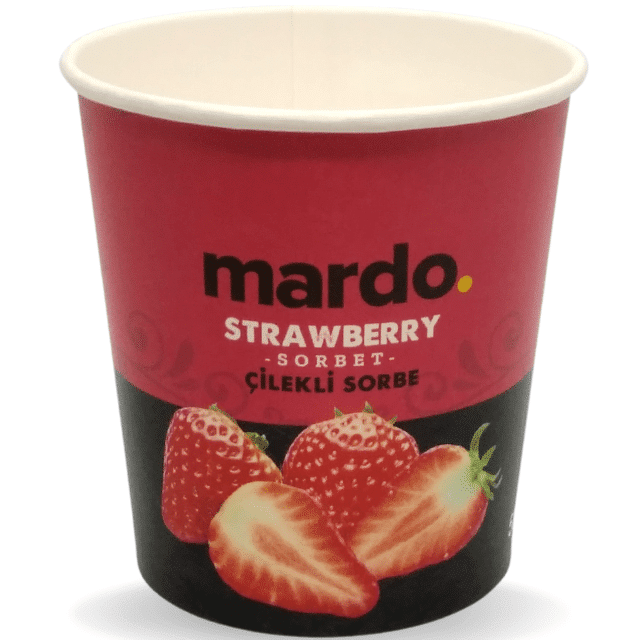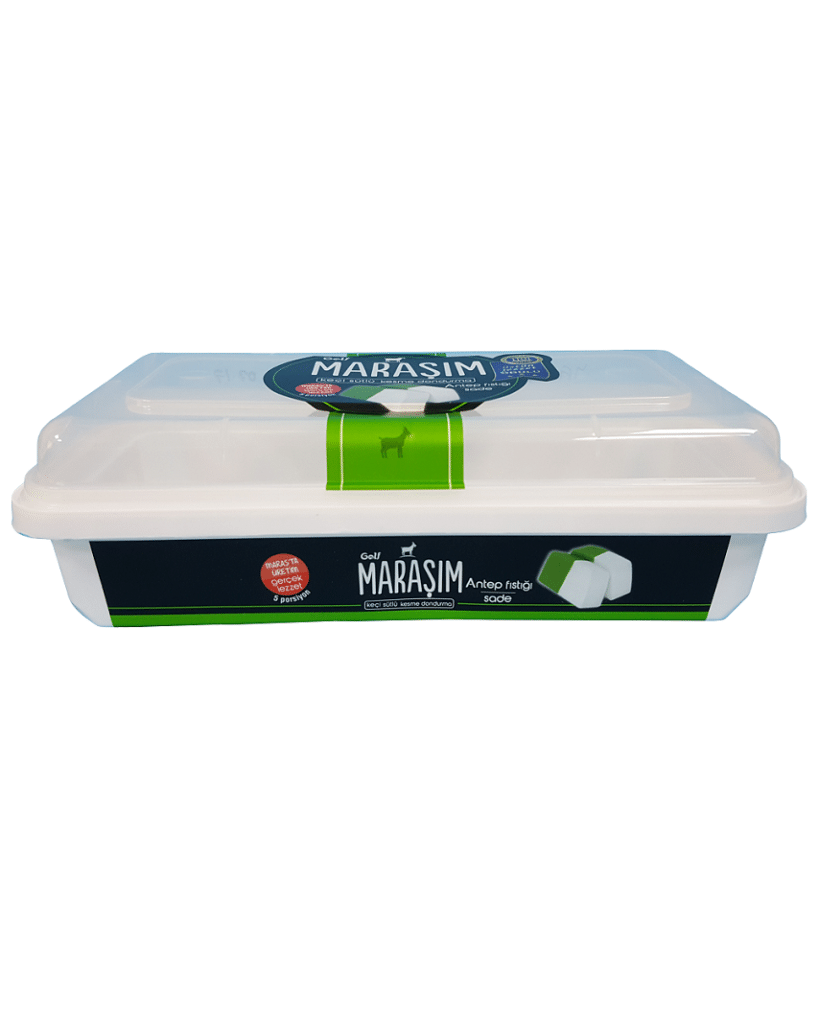Packaging materials are materials designed to protect, contain, store, and deliver products safely and securely. These materials can be made of paper, plastic, metal, wood, and other materials. Paper packaging materials include boxes, bags, envelopes, and wrappings used to protect products during shipping and handling. Plastic packaging materials include foam, bags, and wraps used to contain and protect products. Metal packaging materials include cans, drums, and tins used to store and transport products. Wood packaging materials include crates and pallets used to store and transport heavier products. Other packaging materials include bubble wrap, shrink wrap, and cushioning materials used to protect fragile items. Packaging materials can also include labels, stickers, and other printing materials used to identify the product or provide instructions for its use. Packaging materials are essential for keeping products safe and secure during shipping, handling, and storage.
What is Paper and Cardboar Packaging Materials?

Paper and cardboard packaging materials provide a versatile, lightweight and cost-effective solution for a wide variety of applications. These materials are widely used for a range of purposes, including packaging, shipping, and storage. Paper and cardboard packaging materials are generally composed of bleached or unbleached paperboard, paper, and corrugated board. Paperboard is a heavy-duty paper-based board that is used for packaging, displays, and many other applications. It is made from layers of paper that are glued and pressed together. Paperboard is typically used for a wide variety of products, including consumer packaging, displays, and boxes. Corrugated board is a light-weight, strong, and inexpensive material used for packaging and shipping. It is made from layers of paper that are glued and pressed together. Corrugated board is typically used for packaging products that require extra protection during transit, such as fragile items or items that need to be shipped in bulk. Paper and cardboard packaging materials are generally recyclable and biodegradable. This makes them an environmentally friendly option for packaging products. Additionally, these materials are lightweight, making them easy to transport and store. In addition, these materials are versatile and can be used for a variety of applications, including packaging, shipping, and storage.
What is Plastic Packaging Materials?

Plastic packaging materials provide a wide range of benefits for businesses, consumers, and the environment. Plastic packaging materials are lightweight yet strong and durable, making them ideal for protecting products during transport and storage. Plastic packaging materials are also moisture and oxygen resistant, helping to keep products fresher for longer. They can also be barrier-sealed to protect against contamination and spoilage. Additionally, plastic packaging materials are relatively inexpensive and can be custom-designed for a variety of uses. They are also recyclable, making them an eco-friendly choice for businesses and consumers alike.
Which Type of Packaging Should I Choose?
Paper or plastic, which type of packaging you choose is entirely up to your business needs. You can check the needs of your business and choose your packaging by considering the items below.
- Cost: Packaging cost should be considered as it will affect the total cost of the product. It is important that the cost of packaging does not exceed the budget and is affordable.
- Size and weight: The size and weight of the packaging should be considered, as it will affect the shipping and handling cost. In addition, its weight must be light enough to reduce transportation costs and its size must be suitable for the product.
- Durability: The packaging should be durable enough to protect the product during shipping and handling. It must also be able to withstand environmental conditions such as extreme temperatures and humidity.
- Recyclability: Packaging material must be recyclable or biodegradable to reduce the amount of waste produced.
- Aesthetics: For packaging to stand out from the competition, it must be attractive and eye-catching. This will help build a strong brand identity and increase sales.
- Branding: To create recognition and loyalty, the packaging should include the brand logo and colors. It should also clearly show the product name and specifications.
For more detailed information, we recommend that you take a look at our article: info fo packaging design
Stay well…

